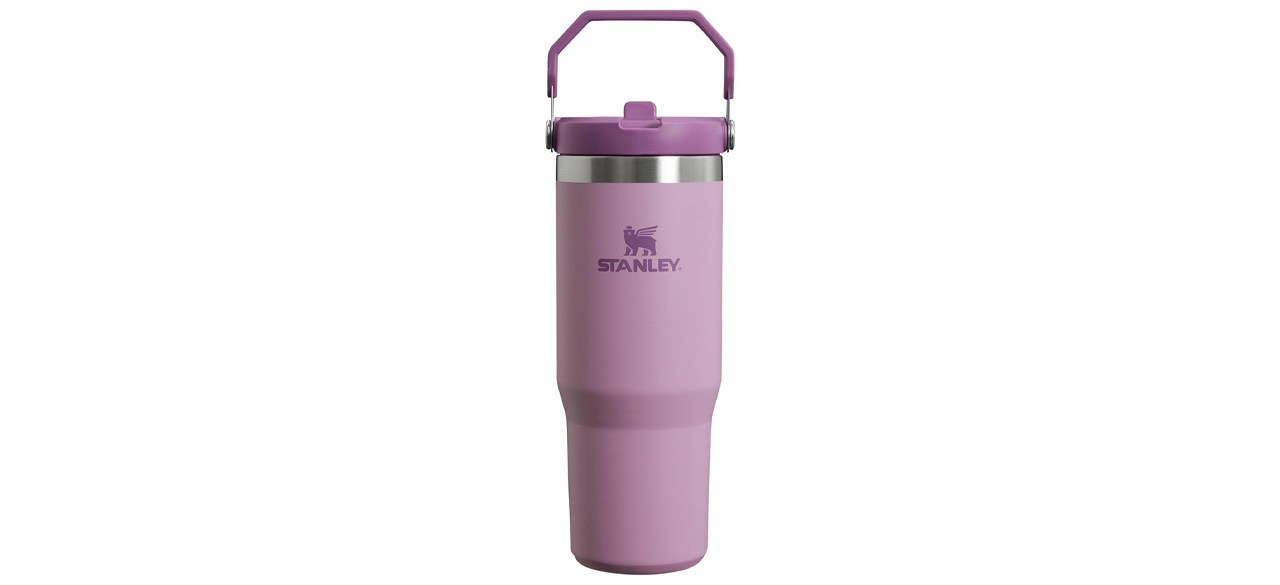Louvre director admits shortcomings in jewelry theft incident and states she proposed her resignation.

The recent brazen heist at the Louvre Museum has ignited significant discourse surrounding museum security and heritage preservation in France. As the nation’s cultural flagship, the Louvre not only houses invaluable masterpieces but also represents a collective pride, making the breach all the more alarming. With a lapse in security protocols acknowledged by the museum director, the incident has become a catalyst for calls to enhance safety measures and protect the world’s artistic heritage.
In a recent testimony before the French Senate, Laurence des Cars, the director of the Louvre Museum, expressed profound concern over security weaknesses that allowed an audacious heist to unfold last weekend. Following the theft of jewels valued at approximately €88 million (about 2 million), Des Cars termed the incident a “terrible failure” and submitted her resignation to Culture Minister Rachida Dati, which was subsequently declined.
During her address, Des Cars detailed how the museum failed to detect the thieves’ arrival promptly. She disclosed that the heist exposed the Louvre’s insufficient number of security cameras, alongside other operational vulnerabilities. While the museum’s alarms functioned properly during the incident, many cameras were outdated, and the one closest to the break-in point was misaligned, failing to capture critical moments.
Citing a need for immediate improvement, Des Cars proposed establishing a police station within the museum and suggested erecting barriers to restrict vehicle access near the museum’s perimeter. Following the theft, which took place shortly after the museum opened its doors on Sunday, the Louvre welcomed eager visitors back on Wednesday, restoring normalcy after the shocking daylight robbery.
The heist was orchestrated by four suspects who employed a truck equipped with an extendable ladder to gain entry through a balcony window into the Galerie d’Apollon. Adopting a guise of maintenance workers, they created a façade to distract onlookers. The entire operation lasted less than four minutes, during which they absconded with eight historically significant pieces, including an emerald-and-diamond necklace gifted to Empress Marie-Louise by Napoleon Bonaparte and a diadem adorned with nearly 2,000 diamonds that once belonged to Empress Eugenie.
Despite the swift escape on motorbikes through the streets of Paris, the stolen jewels remain missing, with the thieves currently unaccounted for. The incident drew condemnation from French President Emmanuel Macron, who deemed the theft an “attack on a heritage that we cherish.” Compounding concerns, the stolen items were not privately insured, leaving the Louvre without compensation should they not be recovered, an issue exacerbated by the sky-high costs of insuring such priceless artifacts.
Staffing and overcrowding issues within the museum have also been longstanding concerns, with employees criticizing the insufficient monitoring of the collections—issues that culminated in a staff walkout earlier this year. In a proactive move, President Macron unveiled plans for a significant renovation, which includes vital security enhancements, following Des Cars’ bleak assessment of the museum’s facilities.
As discussions unfold regarding better protective measures for this integral cultural site, the Louvre continues to stand as a testament to human creativity and heritage, reinforcing its status as a world treasure that merits safeguarding both physically and institutionally.
#CultureNews #WorldNews






